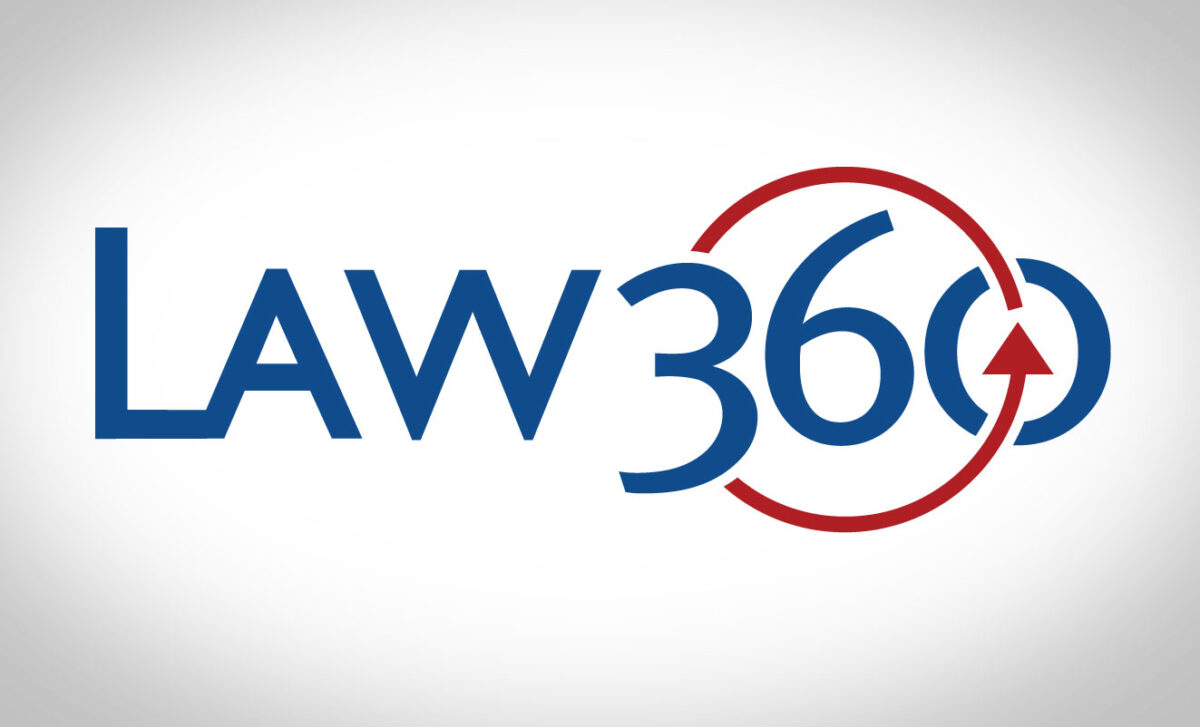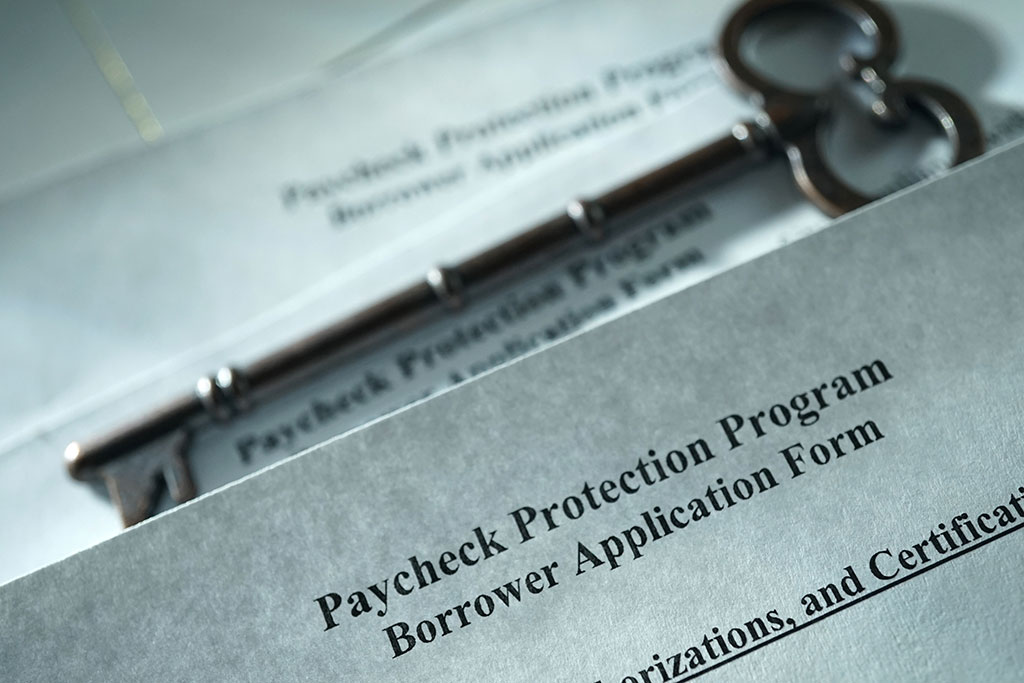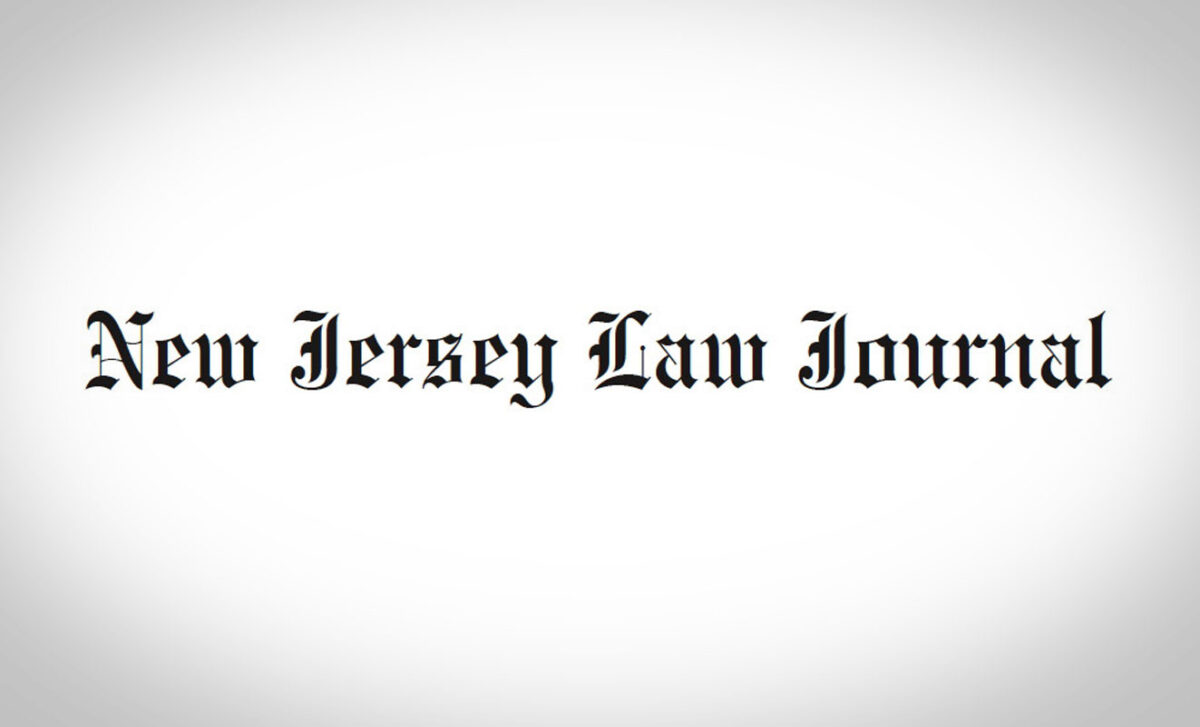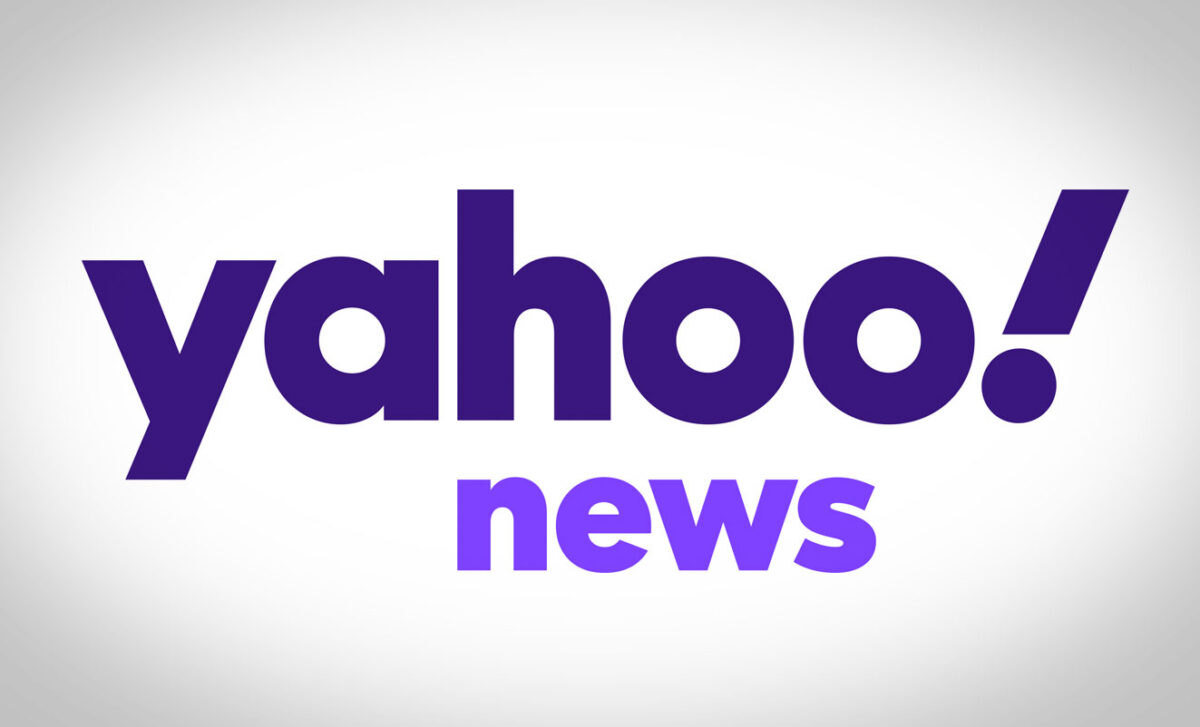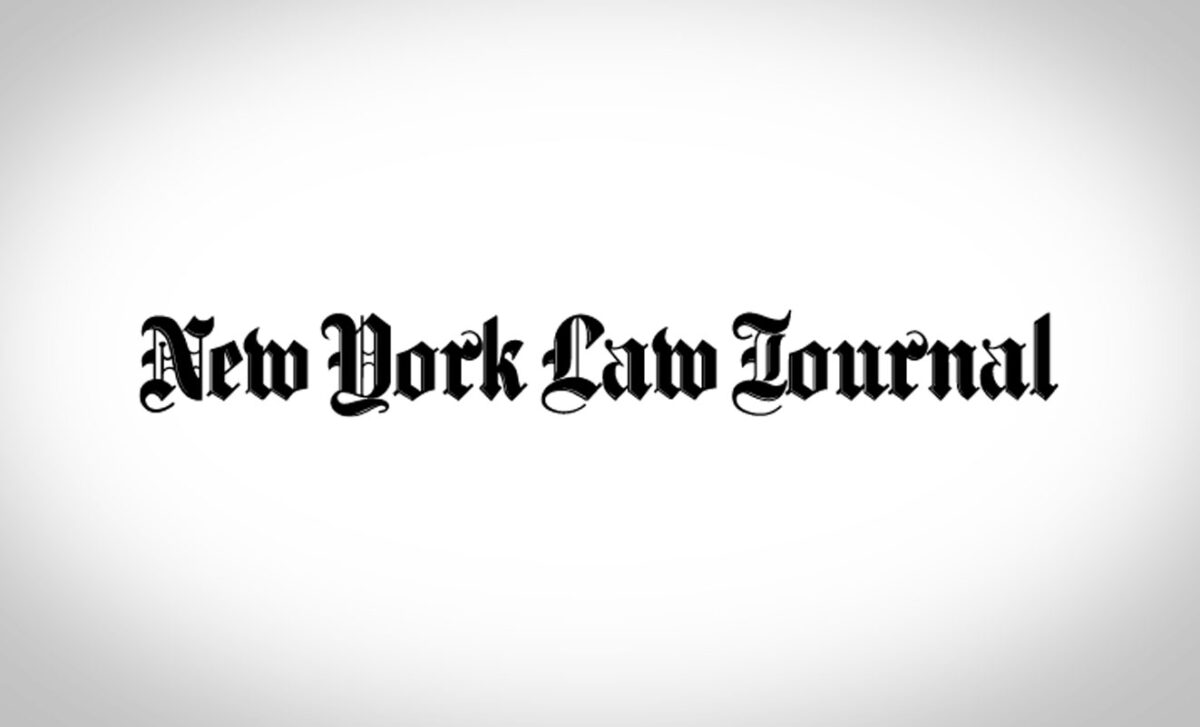As the owners of a small business, my partners and I have been following closely aid and stimulus packages passed by the Government. The largest one, of course, is the “Paycheck Protection Program” or “PPP,” which is the centerpiece of the massive stimulus and aid package known as the CARES Act that was recently passed by Congress and signed into law by the President. The PPP was designed as an amendment to Section 7(a) of the Small Business Act, 15 U.S.C. § 636(a), and seeks to serve as a lifeline to eligible businesses by providing a forgivable loan to pay for temporary payroll costs, employee benefits, rent, utilities, and mortgage interest.
As the first wave of hundreds of billions of dollars under the PPP was exhausted in a matter of weeks, questions arose about who was eligible for the loans and the somewhat strict requirements under the statute to obtain loan forgiveness. Additionally, amidst backlash over some of the early recipients of the loans, the Government promised routine audits for larger dollar amount loans, and federal prosecutors charged the first two individuals with fraud in connection with the PPP. If the months and years following passage of the Troubled Asset Relief Program or TARP, the centerpiece of the last huge government stimulus, is any teacher, and recent warnings of Government officials are to be believed, fraud schemes involving the PPP and other CARES Act programs will be extensive and investigative and enforcement efforts by the government robust. As a result, business owners can expect a fair amount of “Monday morning quarterbacking” by agency officials, especially for larger loan applications. With that in mind, this post dissects the PPP provisions most likely to cause compliance headaches for business owners and summarizes the likely areas of focus of potential government enforcement action down the road.
What is At Stake?
On May 5, 2020, the U.S. Attorney’s Office for the District of Rhode Island announced the first criminal case related to PPP fraud. In that case, two defendants – David Butziger and David Staveley – were charged in separate three-count criminal complaints with: in count one, conspiring to make false statements in order to obtain an SBA loan (15 U.S.C. § 645(a) and 18 U.S.C. § 371); and in count two, conspiring to commit bank fraud (18 U.S.C. §§ 1344, 1349). Each of the defendants was also charged in a third count; Butziger with a substantive count of bank fraud (18 U.S.C. § 1344) and Staveley with aggravated identity theft (18 U.S.C. § 1028A). The Government alleged in the affidavits filed in support of the criminal complaints that defendants falsified forgivable loan application documents and necessary tax forms to claim hundreds of thousands of dollars under the PPP for payroll expenses for 73 employees of 4 different businesses. See Affidavit, dated May 4, 2020. But, according to the affidavits, the businesses were not going concerns and the employees were fake. One of the businesses had not been open since 2018 and was in disrepair. Another closed in March 2020. A third business was owned by someone else entirely, and the fourth business had never filed any tax documents and the purported employees did not work there. It is, perhaps, the brazen nature of the fraud scheme – fake businesses, fake forms, and fake employees – that explains the dizzyingly swift government enforcement action. Indeed, similar prosecutions under the Troubled Asset Relief Program, or TARP, following the last huge government stimulus package, took years to ferment.
But, one does not need to fabricate businesses and lie about employees to potentially run afoul of the eligibility and use rules under the PPP. As summarized in more detail below, the PPP has specific rules about which businesses qualify for assistance, how to calculate the loan amount, restrictions on how the funds may be used, and how the funds need to be used in order for the loans to qualify for full forgiveness. Moreover, the loan application and attendant rules regarding the PPP require a substantial “good faith certification” that relates to both eligibility and use of the funds. The certification language carries, as it almost always does, warnings of potential criminal penalties. As stated in the Interim Final Rule 1, effective April 15, 2020, the SBA may direct the repayment of any PPP funds “[i]f you use PPP funds for unauthorized purposes[.]” 85 Fed. Reg. 73, at 20814 (April 15, 2020), available here. The Interim Final Rule further warns, “[i]f you knowingly use the funds for unauthorized purposes, you will be subject to additional liability such as charges for fraud.” Id. So, with the specter of disgorgement and criminal and civil penalties, what are the most likely areas of compliance headaches for those who have applied for, received, or are thinking of applying for PPP loans?
Can I Make the Good Faith Certification Regarding Loan Necessity?
Whenever and wherever money can be obtained on the basis of a signed and certified form, you can be sure fraud prosecutions will follow. This is especially true when the standard to which the applicant is certifying is somewhat vague. The PPP includes a substantial certification regarding aspects of eligibility for and use of the PPP funds. The most concerning of the bunch is the “necessity” certification, in which “an authorized representative of the applicant must certify in good faith . . . [that c]urrent economic uncertainty makes this loan request necessary to support the ongoing operations of the applicant.” Interim Final Rule 1, 85 Fed. Reg. 73, at 20814 (April 15, 2020), available here; see generally 15 U.S.C. § 636(a)(36)(G)(i)(I). Neither the words “uncertainty” nor “necessary” are defined terms, which begs the question, what is enough uncertainty to make the loan necessary?
Early disbursements under the PPP, which contributed to the first 300+ billion dollars of PPP funds being exhausted in a matter of weeks, created even more uncertainty. Indeed, as was recently reported in the Washington Post, “[n]early 300 public companies have reported receiving money from the [PPP],” including “43 companies with more than 500 workers, the maximum typically allowed by the program.” Many of the recipients also did not immediately appear to be in any desperate need for the funds; as reported by the Washington Post, “[s]everal . . . recipients were prosperous enough to pay executives $2 million or more.” In total, more than $1 billion was paid out to publicly-traded companies while approximately 80% of applicants did not receive any money. Outrage over the disbursements prompted many of these larger companies to return some of the funds. In the cognitive dissonance that has become a hallmark of Washington politics, the Treasury Department hailed the program as a success and at the same time issued stern warnings regarding forthcoming audits. Treasury Secretary Steve Mnuchin stated, “[t]his was a program designed for small businesses. It was not a program that was designed for public companies that had liquidity.” Mnuchin promised audits by the SBA for any loan over $2 million, and warned of potential criminal liability. The Treasury Department also created and then extended a deadline to return funds to May 14, 2020. Interim Final Rule, dated May 8, 2020.
In an apparent attempt to clarify questions around the “necessity” requirement, the Treasury Department posed and answered the following “Frequently Asked Questions” (FAQ) in an FAQ document it is periodically updating: “[d]o businesses owned by large companies with adequate sources of liquidity to support the business’s ongoing operations qualify for a PPP loan?” Though a simple “no” might have actually clarified the issue, the Government opted to dance around the margins of the answer, offering some guidance, but little clarity. The answer stated, “all borrowers must assess their economic need for a PPP loan under the standard established by the CARES Act and the PPP regulations at the time of the loan application.” Hardly enlightening. The answer goes on to state that, while borrowers need not show that they are unable to obtain any financing elsewhere, “borrowers still must certify in good faith that their PPP loan request is necessary . . . taking into account their current business activity and their ability to access other sources of liquidity sufficient to support their ongoing operations in a manner that is not significantly detrimental to the business.” In what may be the only piece of actual guidance in the answer, the document states “it is unlikely that a public company with substantial market value and access to capital markets will be able to make the required certification in good faith, and such a company should be prepared to demonstrate to SBA, upon request, the basis for its certification.” So, big profitable companies probably don’t qualify, but maybe they do. Not a revelation, and not particularly helpful to the smaller, nonpublic companies that must also make the necessity certification.
Importantly, applicants should not assume that if they apply and receive the money, all is well. Indeed, it is a common experience in other contexts that the borrower answers questions honestly and is told by the lender whether they are eligible for a loan and in what amount. For instance, when taking a home equity loan, borrowers submit the necessary documentation and the bank, after a review, appraisal and underwriting process, tells the borrower what amount can be lent. But, with the PPP, the language of the certification and the rules make clear that the onus of compliance is squarely on the borrower. It is the borrower who must make the “good faith” certification that the loan is needed, and lenders may rely on the borrower’s representation. As stated in Interim Final Rule 1:
SBA will allow lenders to rely on certifications of the borrower in order to determine eligibility of the borrower and use of loan proceeds and to rely on specified documents provided by the borrower to determine qualifying loan amount and eligibility for loan forgiveness. Lenders must comply with the applicable lender obligations set forth in this interim final rule, but will be held harmless for borrowers’ failure to comply with program criteria; remedies for borrower violations or fraud are separately addressed in this interim final rule.
85 Fed. Reg. 73, at 20812.
Just today, on May 13, 2020, the Treasury Department once again updated their FAQ document in an apparent effort to provide some comfort to applicants on the issue of the necessity certification. Question # 46 asks, “[h]ow will SBA review borrowers’ required good-faith certification concerning the necessity of their loan request?” The answer has two main parts: one for loans under $2 million and one for loans over $2 million. First, Treasury today announced a “safe harbor” for loan amounts under $2 million, stating “[a]ny borrower that . . . received PPP loans with an original principal amount of less than $2 million will be deemed to have made the required certification concerning the necessity of the loan request in good faith.” In other words, if your loan amount is less than $2 million, you will be deemed to have made necessity certification in good faith.
Second, for loans over $2 million, Treasury provided a bit of cold comfort. While the Government did not clarify what necessity means for these larger loans (other than to reiterate that eligibility determinations should be “based on . . . individual circumstances in light of the language of the certification and SBA guidance”), the Government did state as follows:
If SBA determines . . . that a borrower lacked an adequate basis for the required certification concerning the necessity of the loan request, SBA will seek repayment of the outstanding PPP loan balance and will inform the lender that the borrower is not eligible for loan forgiveness. If the borrower repays the loan after receiving notification from SBA, SBA will not pursue administrative enforcement or referrals to other agencies based on its determination with respect to the certification concerning necessity of the loan request.
Based on this guidance, applicants for larger PPP loans still lack specific guidance on the appropriate circumstances justifying necessity, but are now assured that ineligible loans will be disgorged and that administrative enforcement and potential criminal referrals will not follow if the ineligible loans are returned after SBA notification. In light of all this, what should businesses do in assessing their own need for a PPP loan? As the above discussion indicates, it is not entirely clear. But two concepts do emerge from Treasury’s guidance: current business activity and access to other sources of liquidity. First, if you are going to apply for a PPP loan, be sure that you can document, if asked, negative impacts to your business activities caused by COVID-19. Was there a sudden downturn in business precipitated by the health crisis? For most small to medium-sized businesses – the local coffee shop, restaurants, construction companies, franchisees, fitness gyms, retailers – the answer will be an easy yes and the financial documentation readily available to show it. The financials need not be so bleak as to present an existential threat to the business. However, there should be sufficient enough dislocation to suggest that a loan is needed to effectuate its own stated goals, that is, to maintain current payroll levels and to support the business’s ongoing operations. Second, be sure that your business does not have an alternative source of liquidity. In an effort to discourage public companies from applying for the loan, the Treasury guidance specifically referenced market value and access to capital markets as two examples of alternative sources of liquidity, but one could imagine that it might also be hard to make the necessity certification if your business had available to it, before onset of the health crisis, a large line of credit.
How Much Money Am I Eligible to Take?
Beyond the obvious certification issues, there are also compliance questions around the amount of the loans. The PPP statute sets out calculations to be used in determining the amount of the loan that is based upon aggregate payroll data from either the prior 12 months or the calendar year 2019. Newer businesses may use the average monthly payroll costs for the period January 1, 2020 through February 29, 2020. There is a $100,000 salary cap for payroll calculations, and borrowers have to provide backup for their payroll claims, including tax forms from the prior tax year. Businesses are generally eligible to obtain 2.5 times the amount of their monthly eligible payroll, up to $10 million. Once again, the PPP largely places the onus of compliance on the borrower. As stated in question #1 of the Treasury FAQs, “[p]roviding an accurate calculation of payroll costs is the responsibility of the borrower, and the borrower attests to the accuracy of those calculations on the Borrower Application Form.” Again, “lenders may rely on borrower representations, including with respect to amounts required to be excluded from payroll costs.” The recent enforcement action in Rhode Island indicates that the Government is prepared to swiftly look behind a business’s claims about number of employees and purported tax filings. Thus, while the specificity of the loan calculation formulas avoids the risk of uncertainty in how to calculate the loan amount, it does raise the need for careful documentation to support payroll claims. And, perhaps this should go without saying, but if you are reluctant to submit your company to a full audit by federal regulators, consider whether it is appropriate for you to apply for the loan at all.
How Do I Use the Funds in a Way that Ensures My Loan Will be Forgiven?
Perhaps the most attractive feature of the PPP is that, if used in accordance with the statutory requirements, the loans will be fully forgiven. But, the loan forgiveness provisions have strict rules regarding how the loan must be used in order to be eligible for forgiveness, and mechanisms that may reduce the amount of loan forgiveness depending on the actions of the borrower during the 8-week period following origination of the loan. Moreover, the statute provides that “[n]o eligible recipient shall receive forgiveness . . . without submitting to the lender that is servicing the covered loan the documentation required under subsection (e)” of the statute. See Pub. Law 116-136, § 1106(f). Thus, if borrowers hope to have their loans forgiven, compliance with the use restrictions is a must and good record-keeping and documentation an absolute necessity.
First, PPP loans will be forgiven “in an amount equal to the sum of” the following four business expenses for the 8-week period beginning on the date of loan origination: (1) payroll costs; (2) payment of interest on any covered mortgage obligation; (3) payment on any covered rent obligation; and (4) covered utility payments. See Pub. Law 116-136, §§ 1106(a)(3) and (b)(1)-(4). It is, therefore, imperative for businesses to use their loans only for these four approved uses, and to document such uses carefully.
Second, not all costs were created equal under the PPP. Interim Rule 1 set out limits on non-payroll costs that can be forgiven. Specifically, the rule states, “not more than 25 percent of the loan forgiveness amount may be attributable to non-payroll costs.” 85 Fed. Reg. 73, at 20813. As explained in the Interim Rule:
While the Act provides that borrowers are eligible for forgiveness in an amount equal to the sum of payroll costs and any payments of mortgage interest, rent, and utilities, the Administrator has determined that the non-payroll portion of the forgivable loan amount should be limited to effectuate the core purpose of the statute and ensure finite program resources are devoted primarily to payroll. The Administrator has determined in consultation with the Secretary that 75 percent is an appropriate percentage in light of the Act’s overarching focus on keeping workers paid and employed.
85 Fed. Reg. 73, at 20813-14.
Given these restrictions, loan recipients will also have to carefully calibrate how the loan funds are disbursed within their business in order to ensure that the loans will be forgiven. Third, loan forgiveness is “based on the employer maintaining or quickly rehiring employees and maintaining salary levels. Forgiveness will be reduced if full-time headcount declines, or if salaries and wages decrease.” PPP Overview, available here. More specifically, the statute sets out formulas that serve to reduce the amount of loan forgiveness if the number of employees on payroll during the 8-week period following loan origination decreases as compared to the average number of employees during the same period in 2019, see Pub. Law 116-136, § 1106(d)(2), or if salaries and wages decrease. Seeid. at § 1106(d)(3). Exemptions for such reductions apply if employees are re-hired during the period after the business received the loan. Id. at § 1106(d)(5). Accordingly, loan applicants should be keenly aware of the payroll claims they are making in connection with their application, and have a plan in place to bring payroll back up to the appropriate levels in order to avoid loan forgiveness reductions under the statute.
Final Thoughts
The PPP provides a much-needed lifeline to “small businesses” across the country that are currently suffering as a result of dislocation brought on by the COVID-19 crisis. If businesses carefully comply with the eligibility and use requirements in the statute and attendant rules, the PPP could help thousands of businesses keep their doors open and their employees employed without taking on any additional long-term debt. But, as with any large Government stimulus program, there are strings attached. The statute contains detailed eligibility and use restrictions, a fulsome borrower certification, and the statute places the burden of truthfulness and accuracy firmly on the borrower. Thus, non-compliance with the statute’s requirements can trigger penalties, including disgorgement, civil and criminal penalties, and loan forgiveness reductions. As small business owners, our partners have studied the PPP closely and are ready to offer advice and guidance. If you own or operate a business that has applied for, received loan funds, or are thinking of applying for a loan under the PPP, reach out to us for compliance counseling and guidance.
